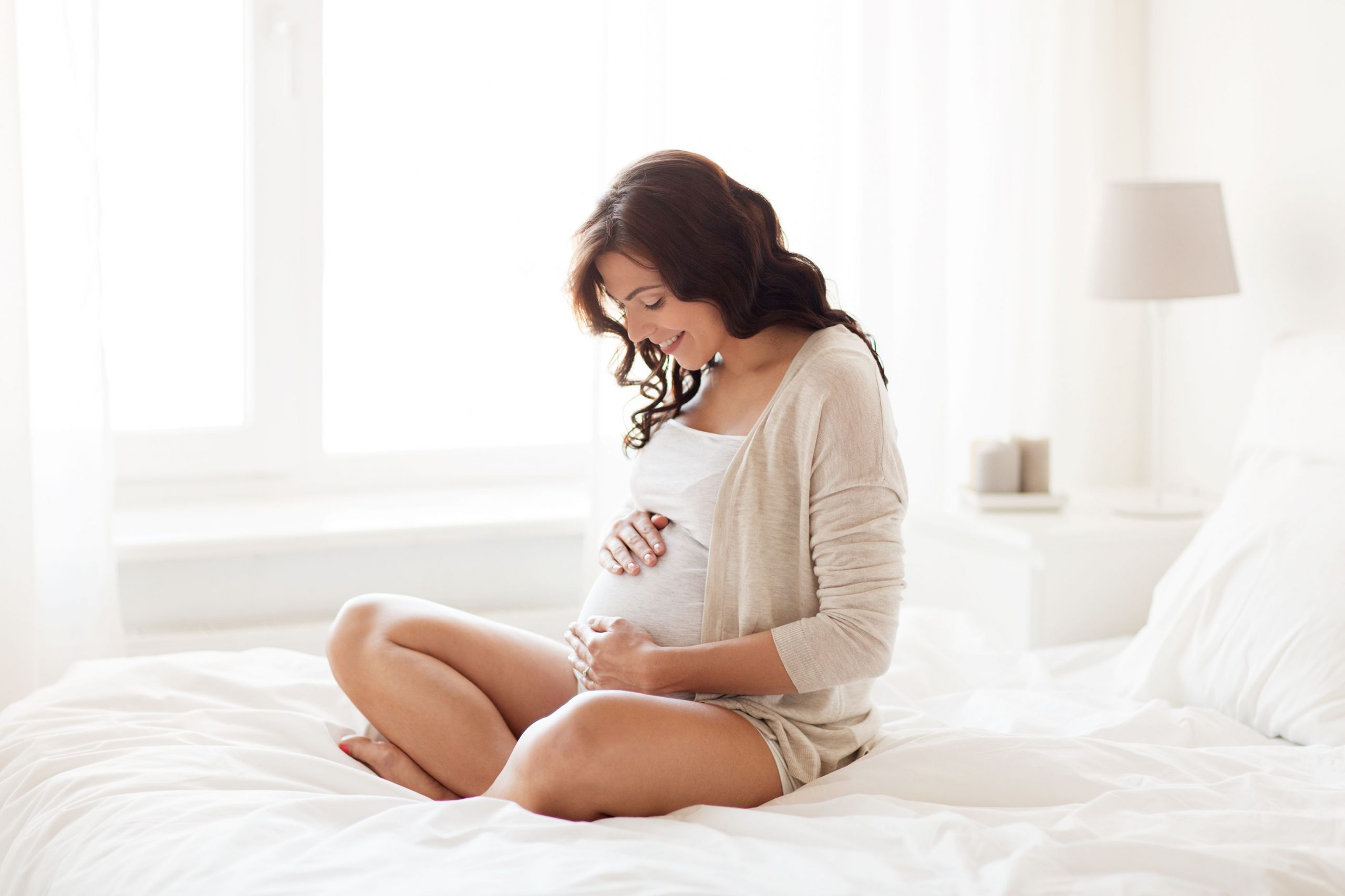Late motherhood is no longer just about show business stars. Nowadays, more and more women not associated with the entertainment industry are taking this step. We usually do it on purpose. Before we drown in diapers for good, we want to first find the right partner, finish studies and do some work – in a word, ensure our stability in life.

Late motherhood is no longer just about show business stars. Nowadays, more and more women not associated with the entertainment industry are taking this step. We usually do it on purpose. Before we drown in diapers for good, we want to first find the right partner, finish studies and do some work – in a word, ensure our stability in life.
Unfortunately, the biological clock is ticking. Every woman who delays the decision to parenthood should be aware that her fertility decreases with age. The same also applies to men.
The woman is most fertile up to the age of 30…
… after 30, her fertility drops dramatically. There are more and more anovulatory cycles, i.e. ones in which ovulation is not needed for fertilization. The number of abnormal eggs is also increasing with age. In a 30-year-old woman, they can constitute 40% of all cells, in a 40-year-old – up to 80%.
Father’s age also matters …
Just because men produce sperm all their lives doesn’t mean that their fertility doesn’t decrease with age. Over the years, spermatogenesis (sperm production) slows down. Male germ cells are also of inferior quality. Of course, a man does not lose his ability to fertilize a woman completely. Nevertheless, it may get harder every year.
The older the parents, the greater the risk of a child having genetic defects
Older eggs are more susceptible to genetic mutations. This can be seen even on the example of trisomy 21, i.e. Down syndrome. On average, a child with this disorder gives birth to 1 in 1,600 women aged 20 years. For 40-year-olds, this risk is already 1 in 100 (1 in 100 women aged 40 will have a child with Down syndrome).
Want to know how much time you have? Take a fertility test!
By performing a fertility test, the couple finds out how much time they can postpone the decision about the child. The basic test that talks about female fertility is ovarian reserve assessment. The ovarian reserve indicates the number of follicles that can form a mature egg. Unlike men, in whom spermatozoa arise on a regular basis, women are born with a specific number of follicles. However, it decreases with each subsequent cycle.
Ovarian reserve assessment – what tests should I do?
A woman’s ovarian reserve can be assessed with a few simple tests. The first examination is an AFC ultrasound examination. It determines the number of antral follicles, i.e. follicles with a diameter of about 2-8 mm, which grow and transform later into a mature egg cell. The doctor assesses the number of antral follicles during normal ultrasound examination. In order for the result to be reliable, it should be carried out between days 2 and 4 of the cycle. The number of antral follicles in the ovary should not be less than 5. Otherwise, a woman may have problems conceiving a child.
Another test assessing the ovarian reserve is testing the concentration of the AMH hormone (anti-Müllerian hormone). It is produced in antral cells. As a result of the AMH hormone test, a woman can learn about the problem of premature ovarian failure and when she is likely to enter menopause. The anti-Müllerian hormone can be tested at any time because its concentration is independent of the day of the cycle.
Follicle stimulating hormone (FSH) is a pituitary hormone that affects the synthesis of estrogen and progesterone in the ovary – hormones that regulate a woman’s menstrual cycle, ensure her fertility, and support proper fetal development and pregnancy maintenance. Determination of FSH level together with estradiol allows to assess ovarian reserve. The test is performed at the beginning of the cycle – between days 2 and 3.
Another equally important test to assess a woman’s ovarian reserve is the Inhibin B test. The level of this hormone at the beginning of the follicular phase indicates the number and quality of follicles. Inhibin B testing is performed on day 2 of the cycle.
A man can also test his fertility!
The most important test to assess a man’s fertility is semen analysis (seminogram, seminological examination). Basic semen analysis determines the number of sperm in the semen and their motility. The pH of the ejaculate, its volume, viscosity, agglutination and liquefaction time are also checked. Extended semen analysis includes an assessment of the external structure of sperm and their viability. In addition, it is checked whether active leukocytes are visible in the semen (POX test) and that there are no IgG anti-sperm antibodies (MAR-TEST IgG) on the surface of the spermatozoa.
Of course, semen testing can be extended with further parameters, e.g. the degree of sperm DNA damage (DNA fragmentation) or the presence of fungi and bacteria (bacteriological culture). In addition, thanks to MSOME technology (Motile Sperm Organelle Morphology Examination) it became possible to view sperm even at 6000 magnification! Thanks to this, specialists can look at them even more closely, detecting any irregularities in their construction.
Do you want to secure your fertility? You already have the opportunity!
Sometimes, due to various random events, the couple must temporarily abandon parenting plans. This happens, for example, as a result of cancer and the need for cancer treatment. It should be remembered that both chemo and radiation therapy can have a very negative effect on fertility. Fortunately, thanks to the intensive development of new technologies, it is possible to freeze male and female germ cells – so that they can be used after the end of cancer therapy. Thanks to this, the couple has a chance to have biological offspring as soon as the moment is right.





